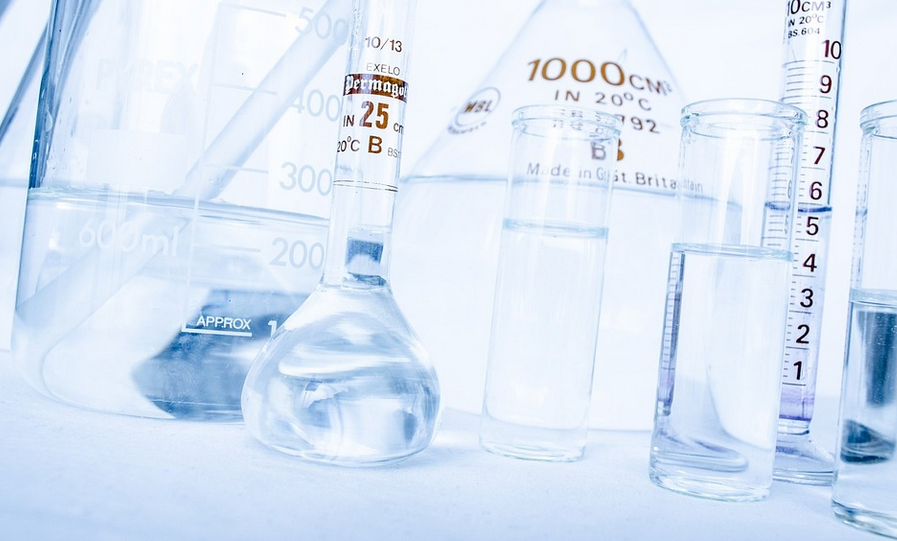Introduction
Working in a laboratory or research facility can be both exciting and challenging. However, it also involves handling hazardous chemicals that can pose a serious threat to human health if not managed correctly. One of the essential safety measures in a laboratory is the use of a chemical fume hood. In this article, we will discuss the different specifications of a chemical fume hood that you need to keep in mind when selecting one for your laboratory.
What is a Chemical Fume Hood?
A chemical fume hood is a ventilation system that is used to remove harmful fumes, vapors, and dust generated during laboratory experiments. It works by drawing in air from the laboratory and passing it through a filter system that removes hazardous particles before releasing the clean air back into the laboratory.
Types of Chemical Fume Hoods
There are two main types of chemical fume hoods: ducted fume hoods and ductless fume hoods. Ducted fume hoods are connected to an external ventilation system that removes hazardous air outside the laboratory. Ductless fume hoods, on the other hand, use a filter system to purify the air before releasing it back into the laboratory.
Specifications for a Chemical Fume Hood
When selecting a chemical fume hood, there are several specifications that you need to consider. These include:
1. Size and Ventilation Capacity
The size of the fume hood should be able to accommodate the equipment and experiments that will be conducted inside it. It should also have the appropriate ventilation capacity to ensure that all hazardous fumes and vapors are removed from the laboratory effectively.
2. Material
The material used to make the fume hood should be resistant to chemical corrosion and should not react with any of the chemicals that will be used inside the laboratory.
3. Sash Type
The sash is the sliding glass panel that covers the front of the fume hood. It should be made of a durable material that can withstand the harsh laboratory environment. Additionally, the sash should be easy to open and close and should provide a clear view of the experiments being conducted inside the fume hood.
4. Lighting
The fume hood should have adequate lighting to ensure that the experiments being conducted inside it are clearly visible. The lighting should also be designed to minimize shadows and glare, which can be distracting and hazardous.
5. Alarm System
The fume hood should have an alarm system that alerts the laboratory staff in case of any malfunction or failure of the ventilation system. This will ensure that corrective action can be taken immediately, minimizing the risk of exposure to hazardous chemicals.
Conclusion
In conclusion, the specifications of a chemical fume hood are critical in ensuring the safety of laboratory staff and the environment. When selecting a fume hood, it is essential to consider the size, ventilation capacity, material, sash type, lighting, and alarm system. By taking these factors into account, you can ensure that your laboratory is equipped with a fume hood that provides optimal protection against hazardous chemicals.

